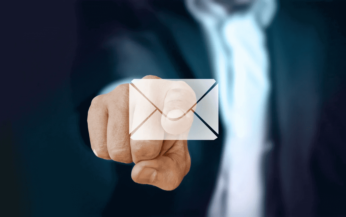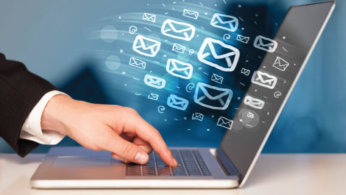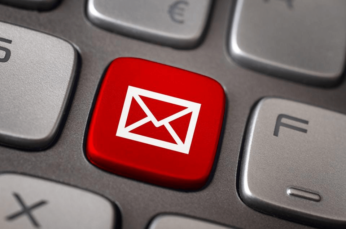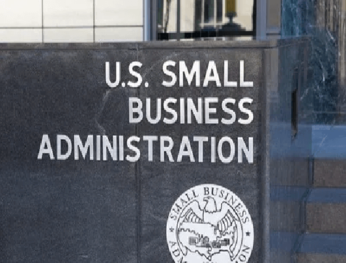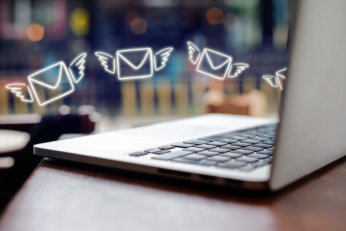Content continues to prove itself as an invaluable part of a marketing strategy, for B2Cs and B2Bs alike. Brands that make it their business to create and serve engaging, useful content can keep their audience interested, gain their trust, and establish themselves as an authority in their field.
Content strategy can be a major part of reaching business objectives – according to Semrush’s 2022 State of Content Marketing Global Report, more than three-quarters (78%) of brands that achieved their business goals have a documented content marketing strategy, while 81% of companies that did not reach their goals do not have one.
There’s a role for content throughout the entire customer lifecycle, though it has the most impact when it is delivered at the right moment, which is where email comes in.
Mapping the right content with the right point in the customer journey and delivering it through email can be extremely effective. With consistent delivery of quality, relevant and valuable content, you get better quality leads and customers who are more likely to stay with you, as well as the opportunity to learn more about your audience and what they want, continuing the virtuous cycle.
In this article, we’ll look at how you can effectively build content into your email strategy in three steps: mapping the customer journey, collating the right content, and bringing the two together in an email programme.
Step 1: Understanding the customer and mapping their journey
As is the case with every marketing campaign, the best place to start is with an understanding of your audience. As a first step, draw upon any insights you have about your existing customers to develop different personas, before plotting the journey they take with you from awareness to conversion and beyond.
Reflect on the prospect’s needs, challenges and concerns on each step of that journey. Then identify the points at which they will be most receptive to content from you and determine what that content should look like.
An important point to keep in mind is that your email and content strategy must be aligned with the company’s broader marketing goals. According a 2019 survey from the Content Marketing Institute, the two biggest benefits of a documented content marketing strategy are aligning teams around common missions or goals, and making it easier to determine which types of content to develop.
If your business objectives are well defined, then goals for the content strategy will more naturally follow. It also means you’re less likely to waste money and effort on campaigns that don’t deliver material results for the company.
Step 2: Bringing together the right content
By this point you should have a good idea of the content you need, and fortunately, there may be no need to create it from scratch. It may be far more efficient to update or repurpose content that already exists in the company, which you can track down with a content audit. This is where you take stock of all the content you have on your site, such as blog posts, videos, guides, whitepapers and survey results, noting what content is performing well or tends to spur action.
If it is necessary for you to make new content, ensure you’re thinking about who your audience are as individuals – where they work, their life stage, their challenges, what they value, where they get their information – as well as where they are on the customer journey, to guide what you create.
Step 3: Aligning content with the customer journey
After you have an understanding of the likely journey the prospect will take with you and the content to which they’ll be most receptive, it’s time to bring the two together with your email strategy.
With a bulk communication and marketing automation platform, like Everlytic, it’s possible to set up automated workflows that send emails in response to certain behaviours, ensuring the prospect receives the right content at the right time. Also, if you have segmentation in place, you can adapt the email and personalise the content within it to suit their profile, rendering it even more valuable.
For example, when the Independent Institute of Education (IIE), South Africa’s largest private higher education institution, wanted to convert prospective leads into applicants and ultimately registered students, they used Everlytic to build a series of emails to nurture those interested in further study.
A series of emails and texts were sent to contacts over time, which were triggered by their behaviour. The content of the messages, of which there were five variations, would reflect where the recipient was in the onboarding lifecycle. IIE attributed the campaign as a factor in the 20% growth in student numbers the following academic year. This paced approach also took some of the strain off their sales and marketing teams.
Read more: Anatomy of an email marketing strategy: from discovery to conversion

